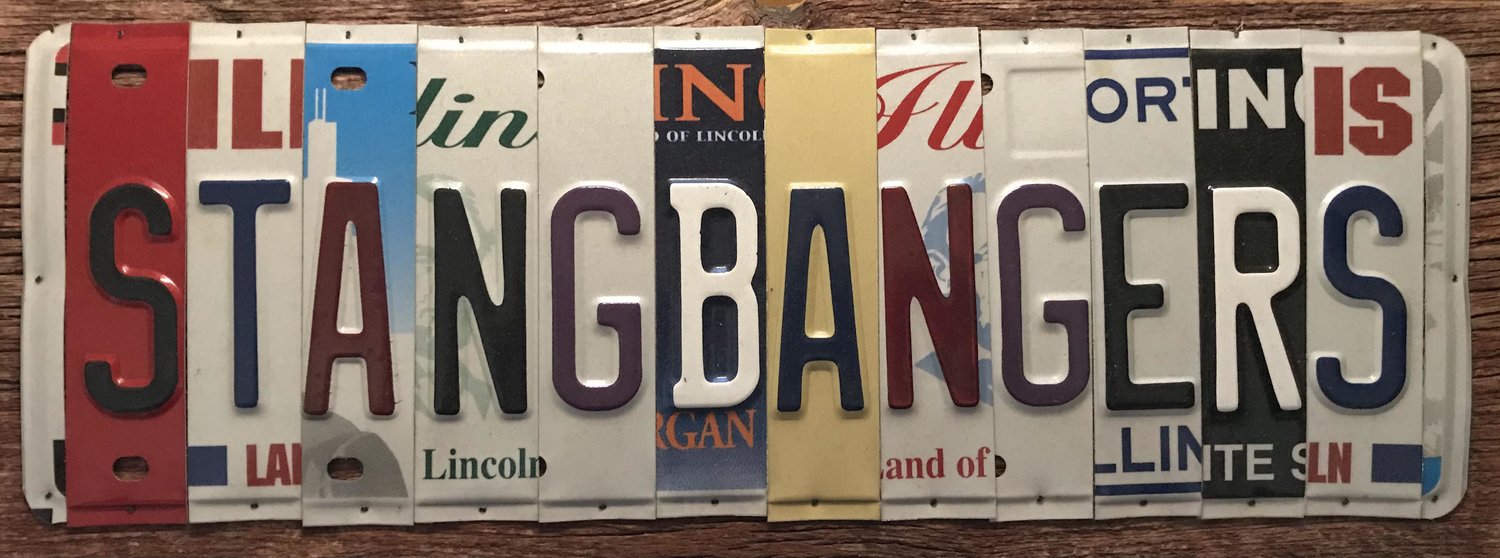Tiny But Mighty: Detroit's 4 Smallest V8 Performance Engines (DrivingLine)
Historically, automotive enthusiasts have adopted a 'bigger is better' mentality when discussing V8 engines. The golden age of muscle cars certainly reinforced the indelible link between cubic inches and horsepower, but even in the 1960s Detroit engineers were trying to create smaller and smarter engines that produced power without relying exclusively on displacement.
Fast-forward to the 90s where small V8 engines enjoyed a brief day in the sun, often subbing in for bigger units in performance platforms that had been designed with more modest motors in mind. Still, the same technology that made them appealing to automakers seeking pint-size power would soon achieve similar results with less expensive V6 and four-cylinder engines, closing the window on small displacement V8s after a decade or so of production.
Let's take a closer look at Detroit's four smallest V8 performance engines.
Ford 3.4-liter V8
In the mid-90s, Ford had a sport sedan problem. The previous-generation Taurus SHO had offered enthusiasts an unusual, but fun V6-powered front-puller that featured a Yamaha-tuned engine under the hood, but no such drivetrain was available for the all-new version of the car that debuted in 1996.
Instead, the Blue Oval would once again ask Yamaha to work its magic, only this time reworking the Duratec V6 into a slightly larger V8. This added roughly a liter of extra displacement and in the process created the smallest domestic V8 ever offered in a production vehicle.
The 3.4-liter V8 developed 235 horsepower and 230 lb-ft of torque. The aluminum engine would be offered until 1999, when the SHO would leave the market.




